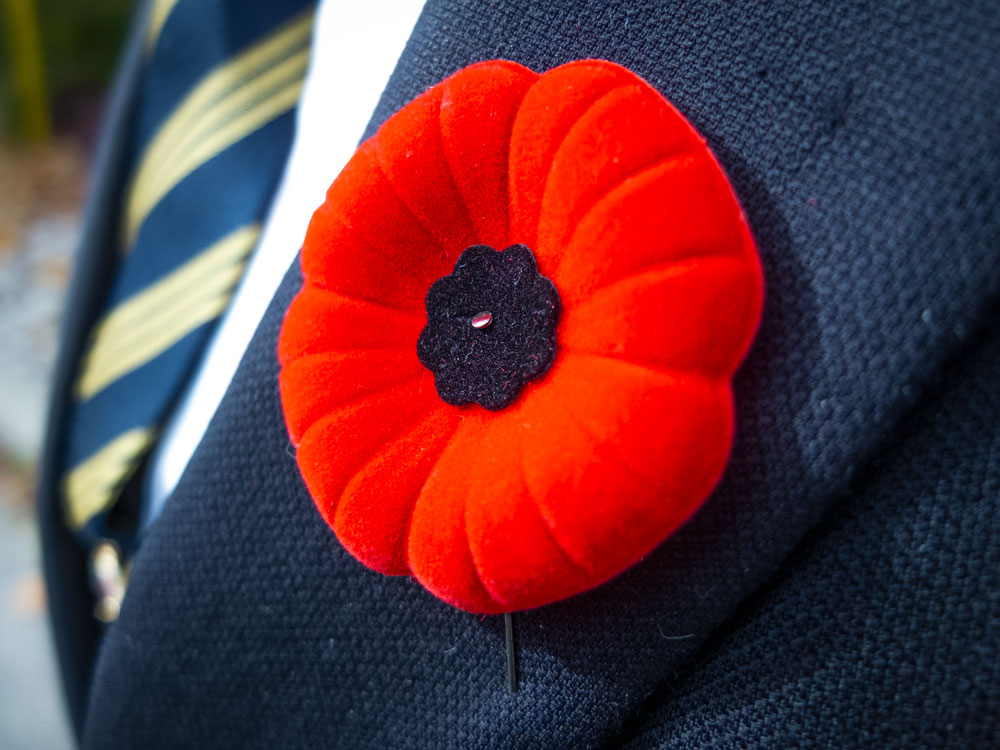WELLINGTON COUNTY – From late October until Remembrance Day, millions of Canadians don the poppy on their lapel.
The bright red flower is a symbol and a promise to never forget those who served and sacrificed for the freedoms we so enjoy today.
While some may think the poppy’s significance originated during the First World War, the history and significance of the poppy can be traced back as far as the 19th century with the Napoleonic wars.
According to the Royal Canadian Legion, Poppies grew over the graves of soldiers of the Napoleonic wars near Flanders, over 110 years before the First World War.
The first person to introduce the poppy to Canada was Lieutenant-Colonel John McCrae of Guelph.
McCrae served as a Canadian Medical Officer during the First World War and is the author of the famous poem In Flanders Fields.
“John McCrae penned the poem In Flanders Fields on a scrap of paper in May 1915, on the day following the death of a fellow solider,” reads the Royal Canadian legion website.
Inspired by McCrae’s poem, Madame Anna Guerin of France, who had originally founded a charity to help rebuild France, created poppies of fabric as a means to raise funds.
Guerin later presented the concept to France’s allies including the precursor to the Royal Canadian Legion (The Great War Veterans Association).
According to the Royal Canadian Legion website, the idea was considered at a meeting in Port Arthur (Thunder Bay) and was officially adopted July 6, 1921.
Today the symbol of the poppy remains strong, and the memories of those lost to battle have remained in our hearts and our minds.



